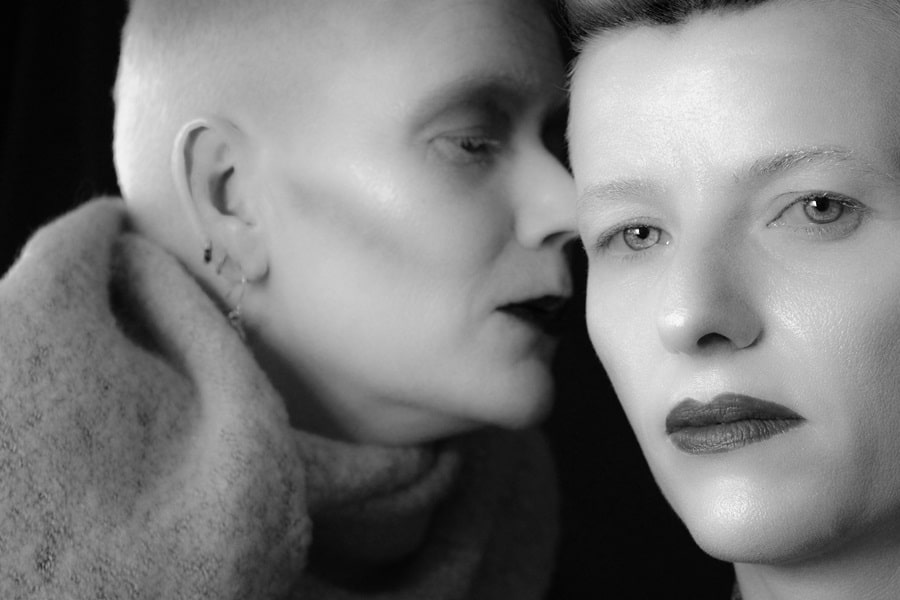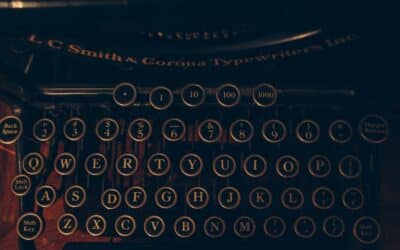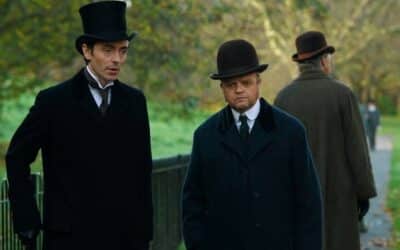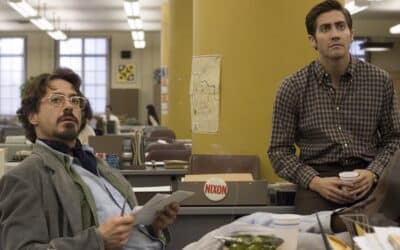
Authentic Mystery Dialogue
Let’s cut to the chase. Crafting authentic dialogue in a mystery story isn’t just about making characters talk; it’s about making them speak volumes without saying too much. This tricky balancing act can turn a ho-hum whodunit into a page-turning, nail-biting extravaganza.
Think about the greats in mystery writing. Agatha Christie, with her legendary detective Hercule Poirot, didn’t just have her characters chat about the weather. Every exchange dripped with purpose, every word was a clue in disguise. And Raymond Chandler? His Philip Marlowe wasn’t just a man of action; he was a man of words, words that were as sharp as his wit and as hard as the streets he walked.
What sets apart the dialogue in a mystery story from your run-of-the-mill conversation is its ability to carry weight. Every line should serve a purpose – whether it’s to advance the plot, reveal character, or set the mood. Sir Arthur Conan Doyle’s Sherlock Holmes didn’t just make small talk; he used his words as tools to dissect the world around him.
Now, how does one achieve this level of mastery? First off, understanding the characters is key. A detective’s observations can be insightful and analytical, while a suspect’s dialogue might be evasive or loaded with hidden meaning. In Dashiell Hammett’s “The Thin Man,” Nick and Nora Charles’ banter isn’t just witty; it’s a window into their relationship and their method of solving the crime.
Dialogue in mystery should also reflect the story’s setting and era. The hard-boiled detectives of the 1940s wouldn’t sound right using modern slang, just as a Victorian-era sleuth wouldn’t be caught dead saying “cool.” Take a leaf out of the book of “The Hound of the Baskervilles” – the dialogue there immerses readers in the foggy, ominous atmosphere of the moors.
Moreover, subtlety is the name of the game. In a genre where everyone has secrets, dialogue should be layered. It’s not just about what is said, but what is left unsaid. The verbal sparring in Raymond Chandler’s “The Big Sleep” reveals as much in the pauses and subtext as in the spoken words.
Then there’s the rhythm and pace. Mystery dialogue should keep readers on their toes. Short, sharp exchanges can build tension, while longer monologues might be used to unravel complex ideas or deliver crucial revelations. Remember the courtroom scenes in “To Kill a Mockingbird”? Harper Lee skillfully uses dialogue to not only advance the plot but also to ramp up the tension and drama.
Screen adaptations of mystery novels offer a visual study in dialogue dynamics. Consider the meticulous pacing and carefully crafted dialogue in Alfred Hitchcock’s “Rear Window.” The conversations aren’t just filler; they’re integral to the suspense and storytelling.
But it’s not all about seriousness and subterfuge. Wit and humor have their place too. They can provide relief from the tension or serve as a tool for character development. Look at the Coen Brothers’ film “Fargo,” where the dialogue is laced with dark humor, adding layers to the characters and the plot.
Adapting dialogue for the screen also highlights the importance of non-verbal cues. In “Murder on the Orient Express,” the 1974 adaptation, watch how dialogue is complemented by gestures, expressions, and pauses, adding depth and nuance that the written word alone may not convey.
In crafting dialogue for a mystery story, the devil truly is in the details. It’s about tuning into the subtleties of human interaction, understanding that every word spoken (or unspoken) can be a clue, a red herring, or a key to unlocking the mystery. Think of Agatha Christie’s “Murder of Roger Ackroyd,” where dialogue plays a crucial role in one of the most surprising plot twists in mystery fiction history.
However, it’s crucial not to let dialogue overpower the narrative. It should feel natural, not forced; organic, not contrived. It’s a delicate dance between being revealing and being elusive, a dance that mystery writers like Sir Arthur Conan Doyle and Raymond Chandler performed with exceptional skill.
Finally, remember that dialogue in a mystery story is a tool, not just a means of conversation. It’s a weapon in the writer’s arsenal, used to carve out tension, build characters, and drive the plot forward. From the drawing rooms of Agatha Christie’s England to the gritty streets of Raymond Chandler’s Los Angeles, dialogue is the heartbeat of the mystery, the rhythm that keeps the story alive and kicking.
So, there you have it. Authentic dialogue in a mystery story is not just about the words spoken. It’s about the tension they create, the characters they reveal, and the secrets they hide. It’s an art form, one that requires a keen ear, a sharp eye, and a love for the mystery that lies in human speech.
More How To Features
Querying a Mystery
How to Write a Query Letter That Won’t Get You Ghosted
Crafting the Character
Creating Characters as Mysterious as Your Plot
Subtext in Suspense Scripts
How Subtext Drives Suspense in Thrillers and Mysteries



